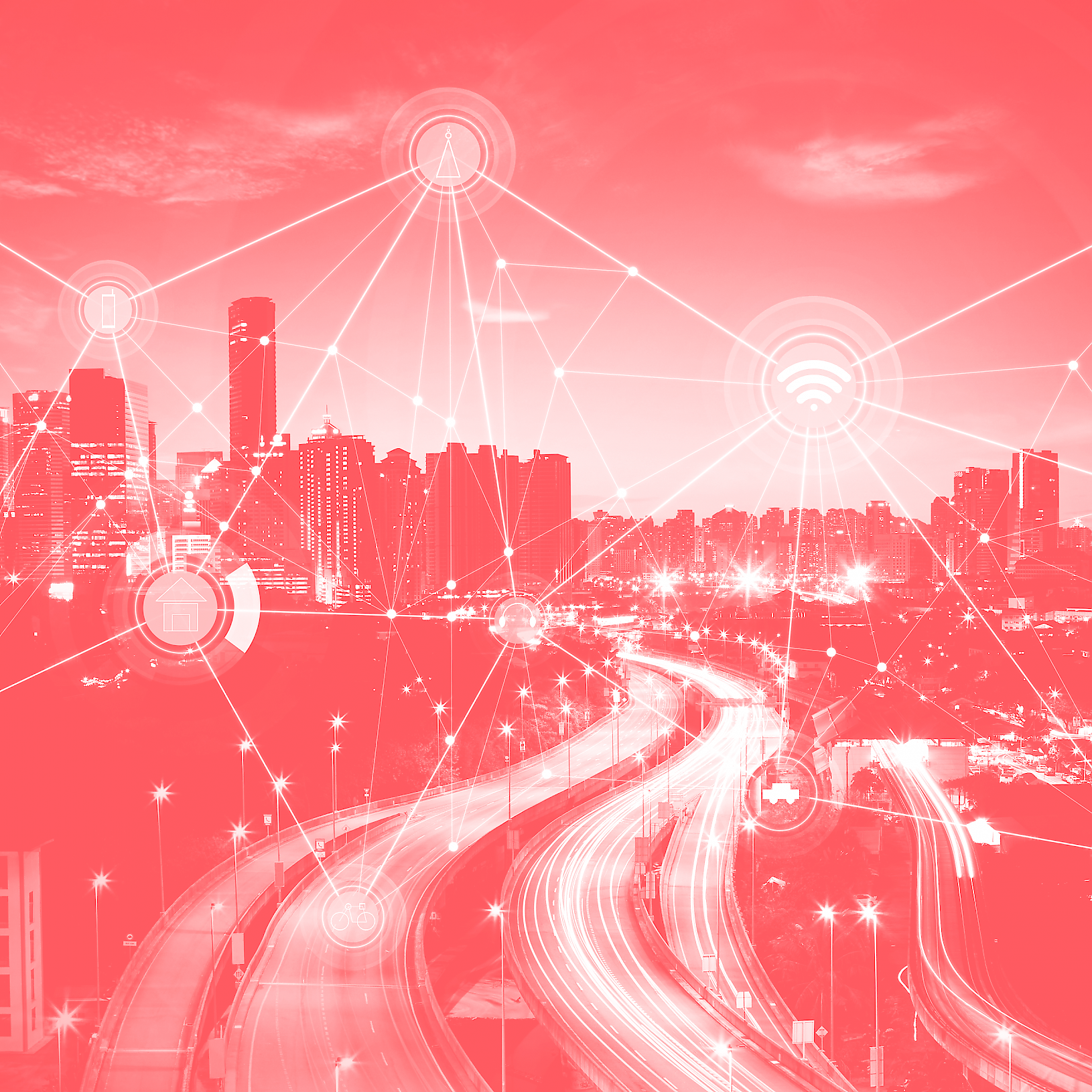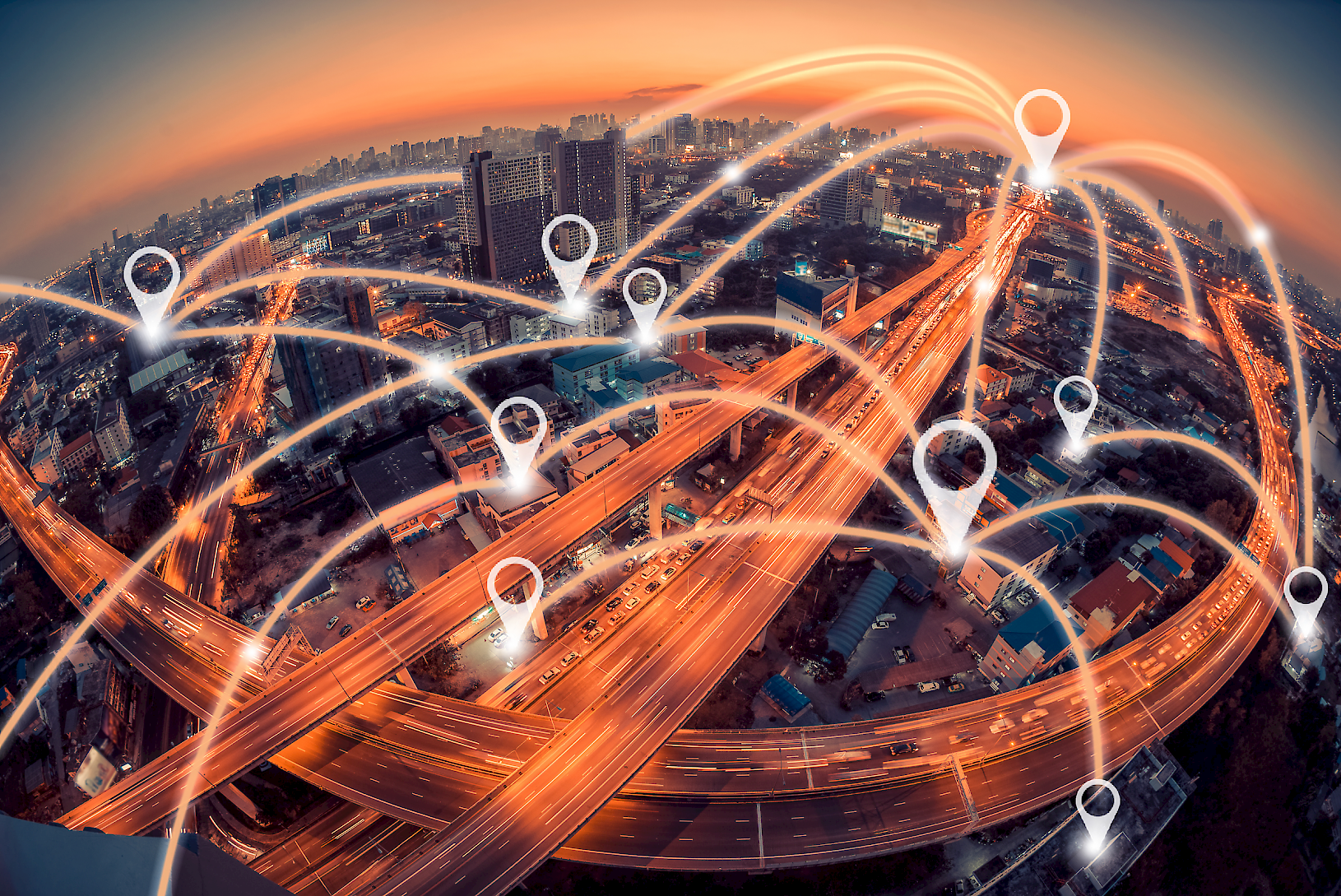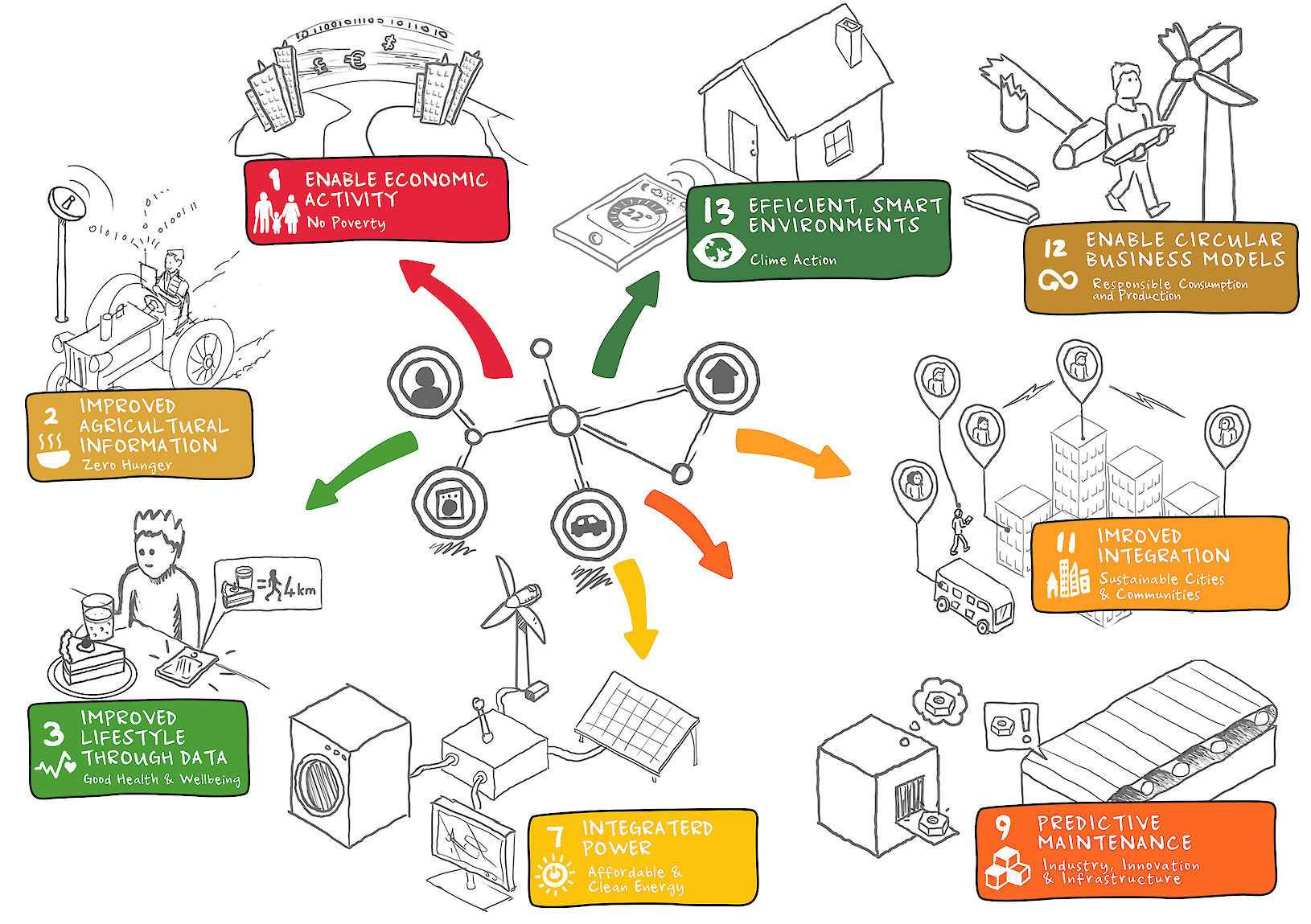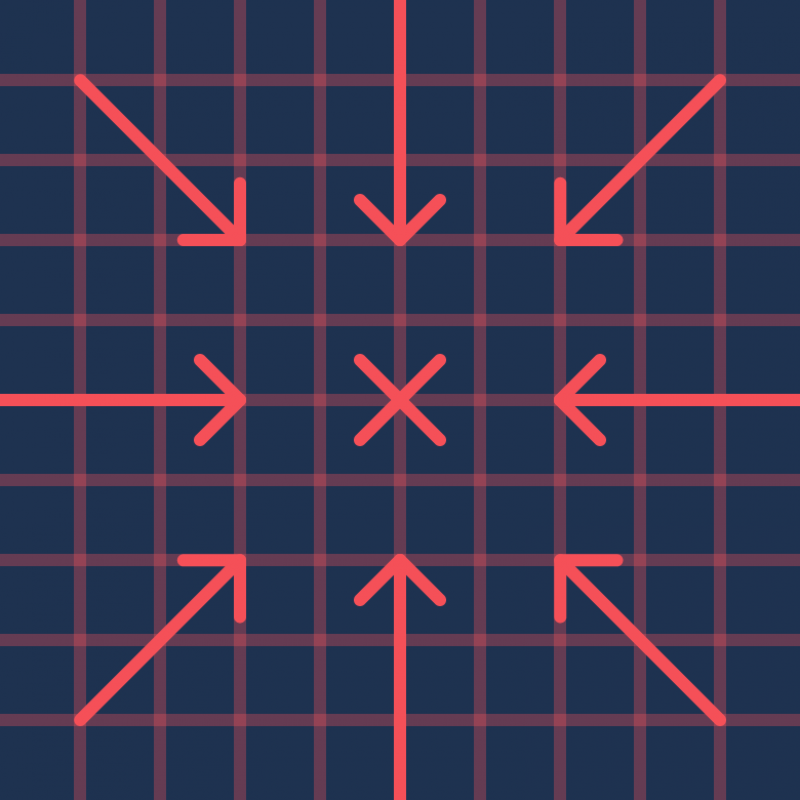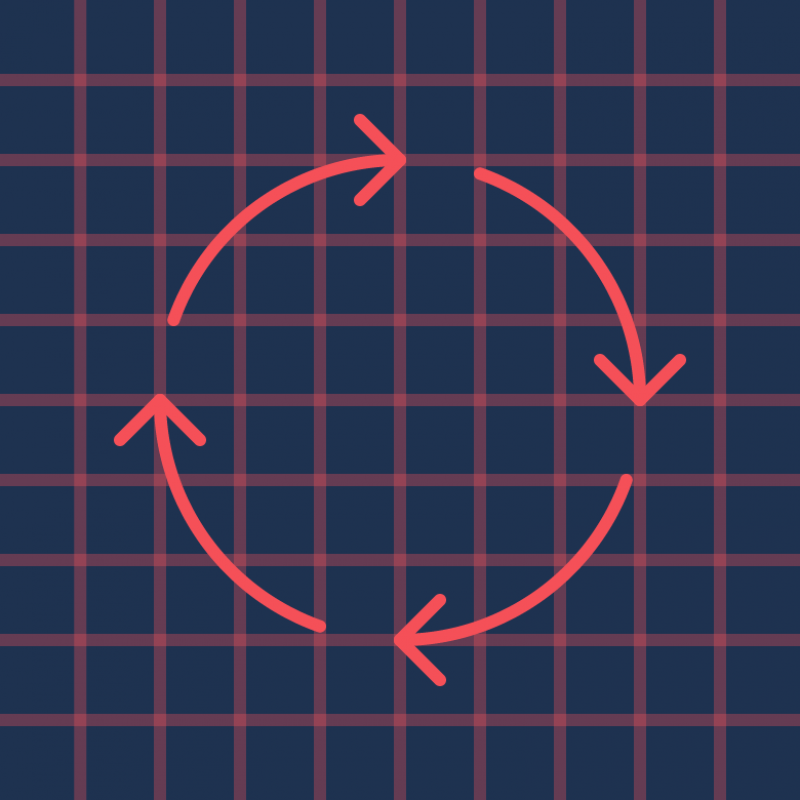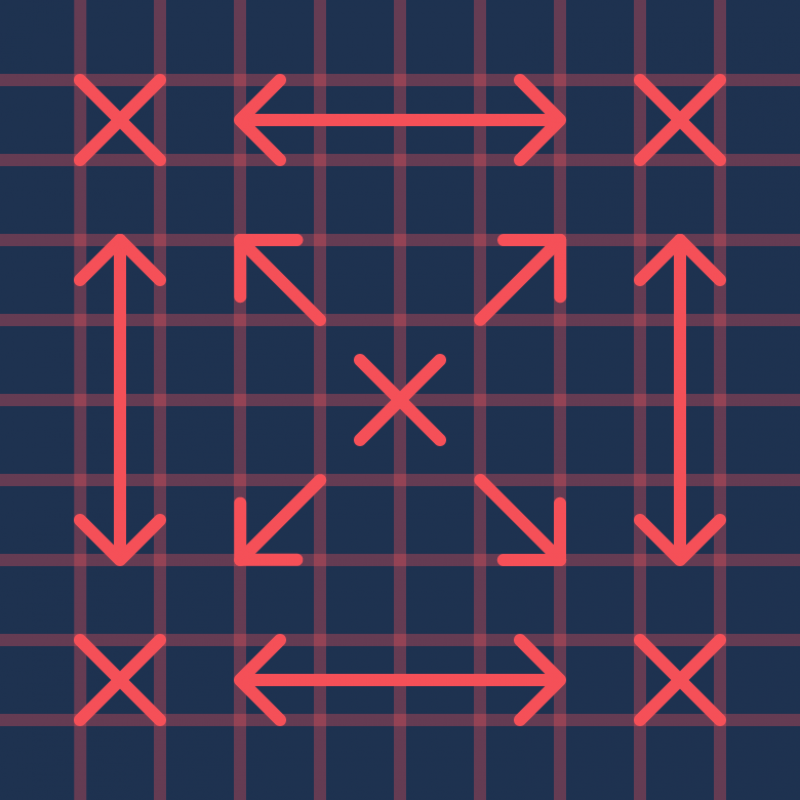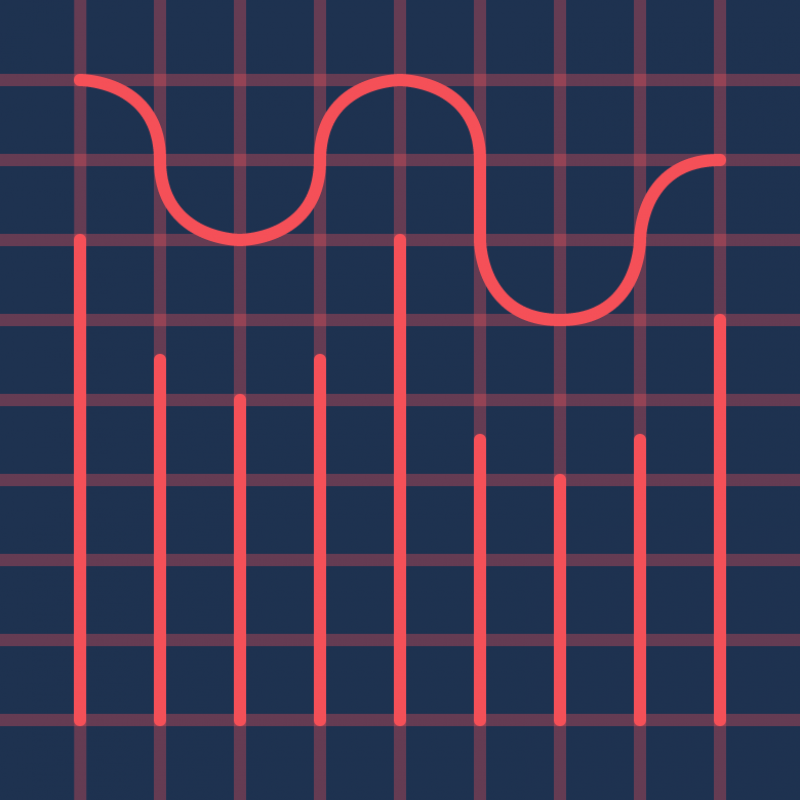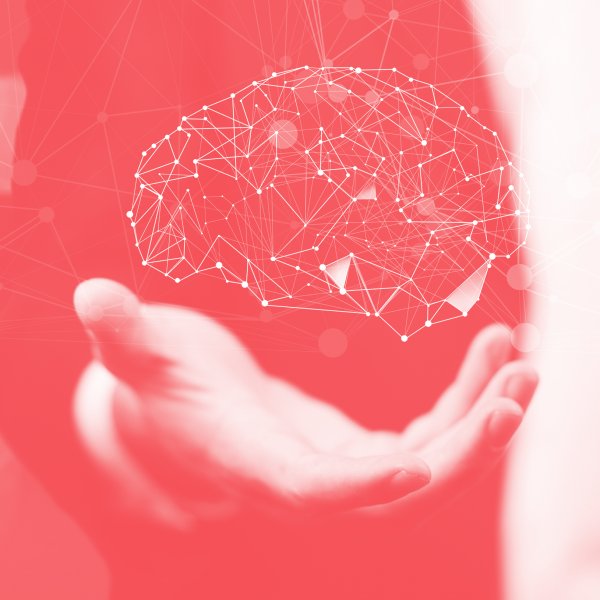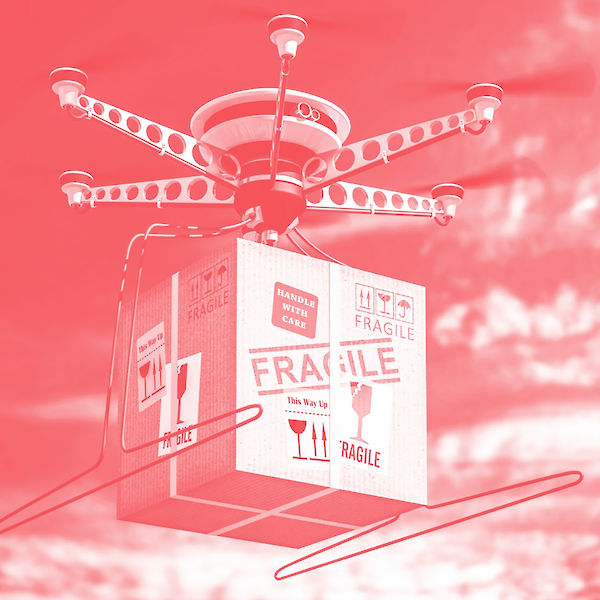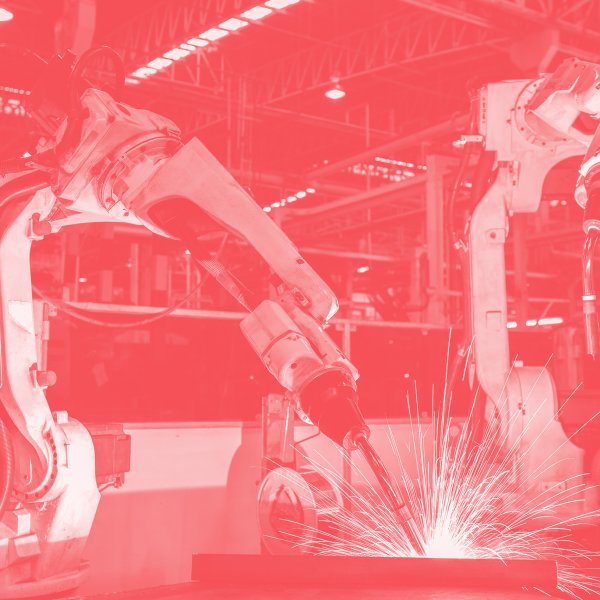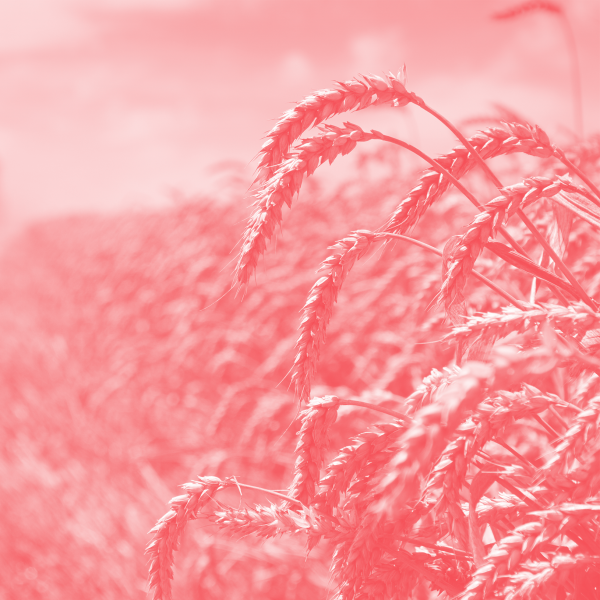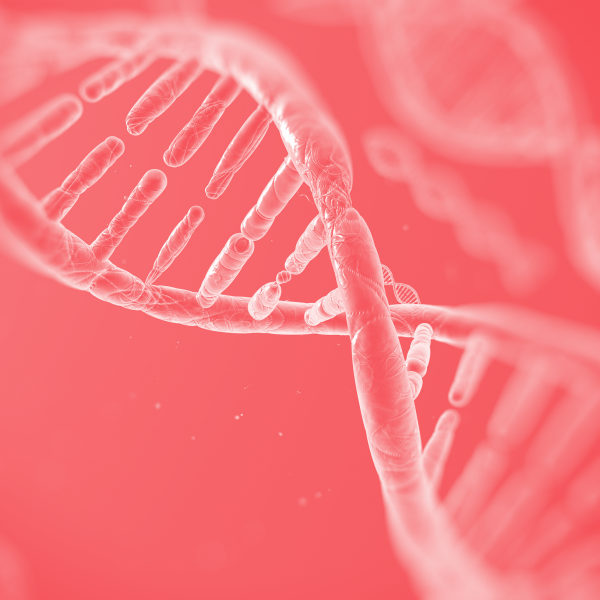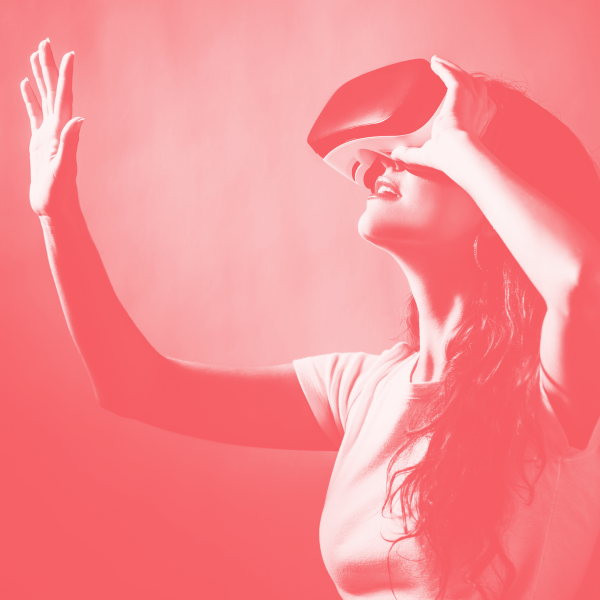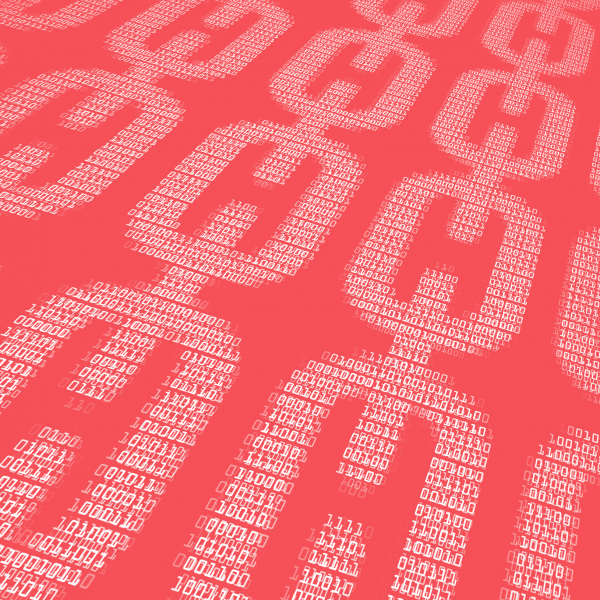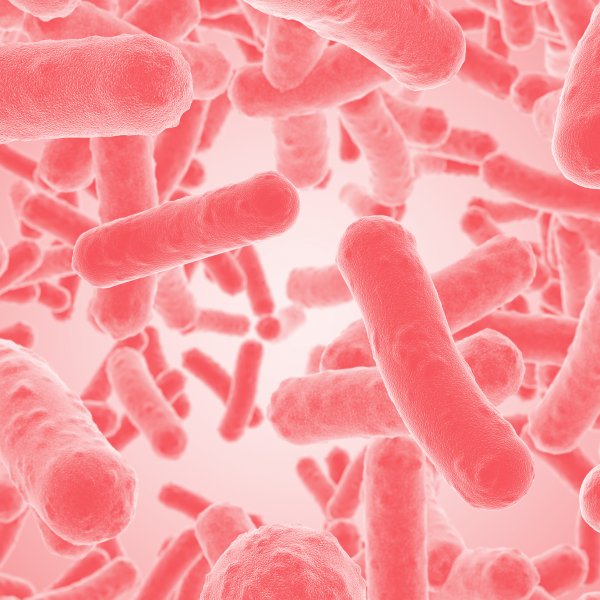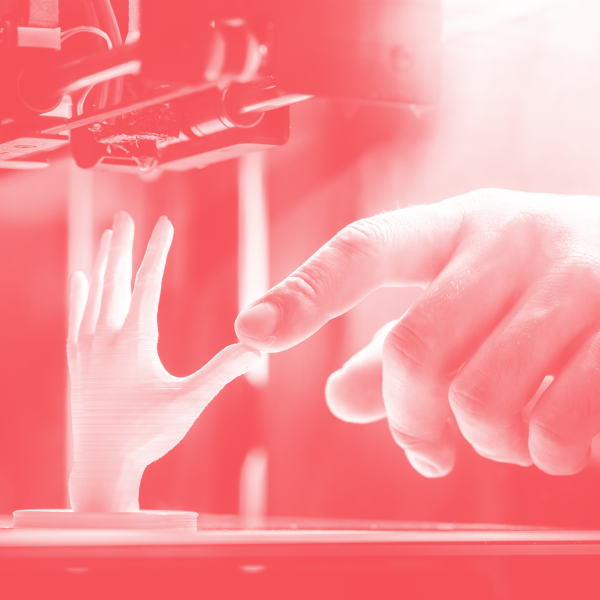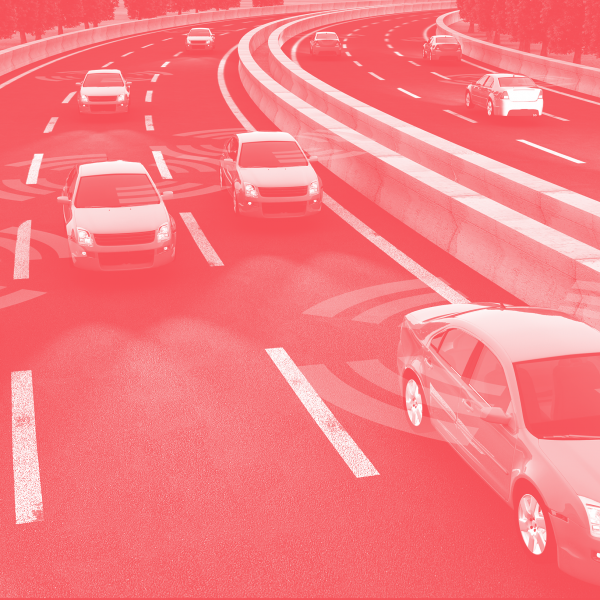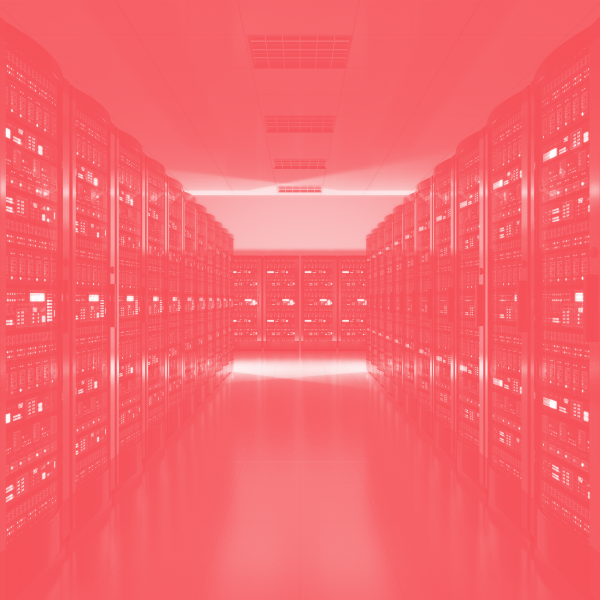The technology
Advances in technology are providing us with smaller, cheaper and more accurate sensors that can measure any aspect of our environment. These sensors, embedded into everyday objects, are then connected by global communications systems to the cloud. This allows data to be stored in diverse and decentralised ways and provides a powerful means to process this information, draw insights and make things happen.
The potential
Today there are early examples of how IoT is transforming our environment, yet its full potential
is still to be realised. In energy production, manufacturing, transportation and in our home lives,
the benefits of sensing, communicating, and computing are being discovered. Domestic appliances that ‘know’ when they need servicing and can schedule a visit from the service engineer. Doctors who receive vital signs information from their patients 24/7 not just when they see the patient. Farmers that can receive up-to-date information about the best time to harvest using sensors in their fields.
And with simple IoT solutions being built by schoolchildren using systems that cost less than $10, the pace of adoption, and discovery of new applications, is only going to increase.
The barriers
Privacy is a key concern in the IoT. As we enable this global network of billions of sensors, so the potential to abuse the information gathered about the environment, individuals and organisations grows. We must have the confidence to understand the privacy boundaries within which these systems operate – and reassure users that they are empowered, not threatened, by them.
Today, however, the biggest hurdle to overcome is access. With over half the world’s population still not connected to the internet, we have lots to do to make IoT deliver benefit to everyone.
